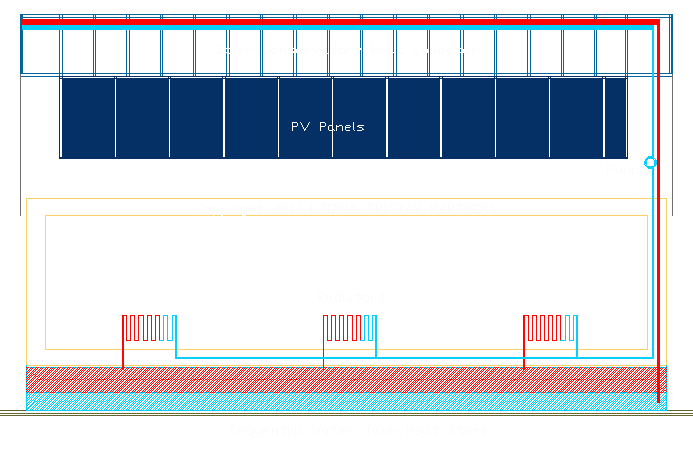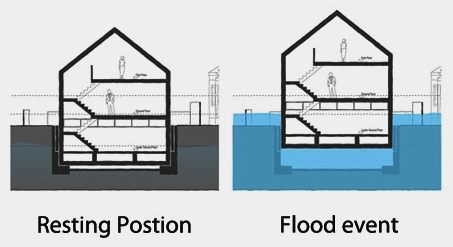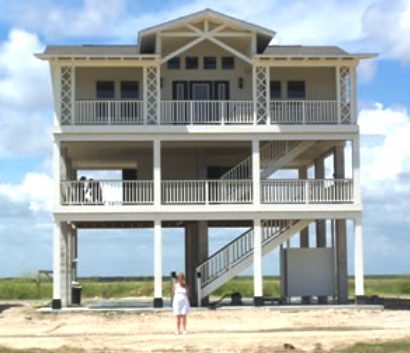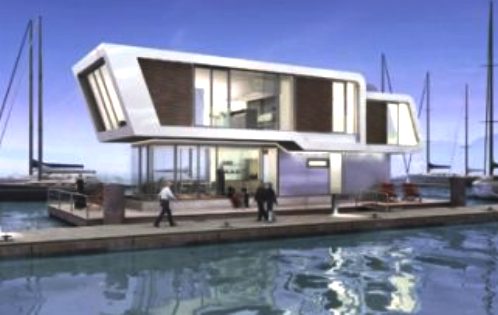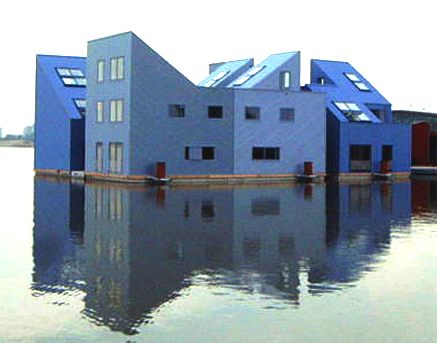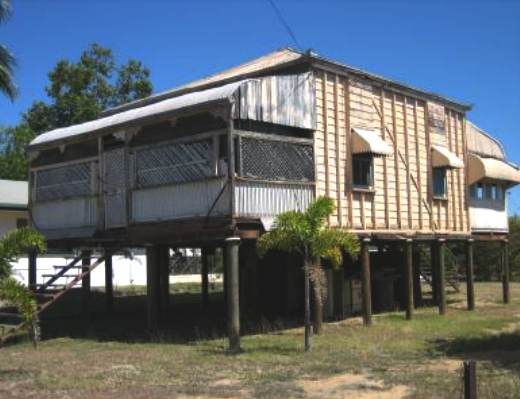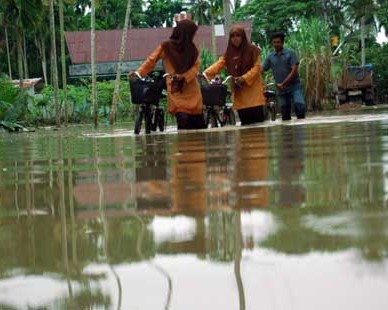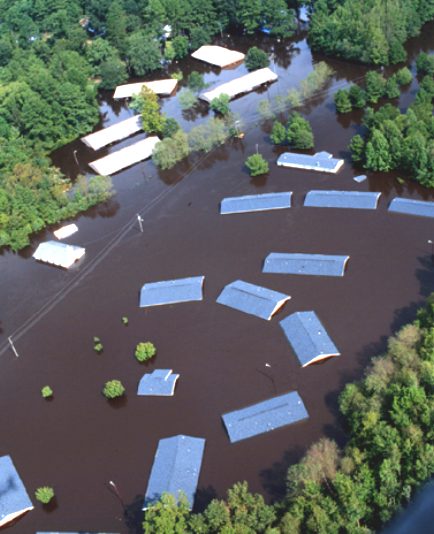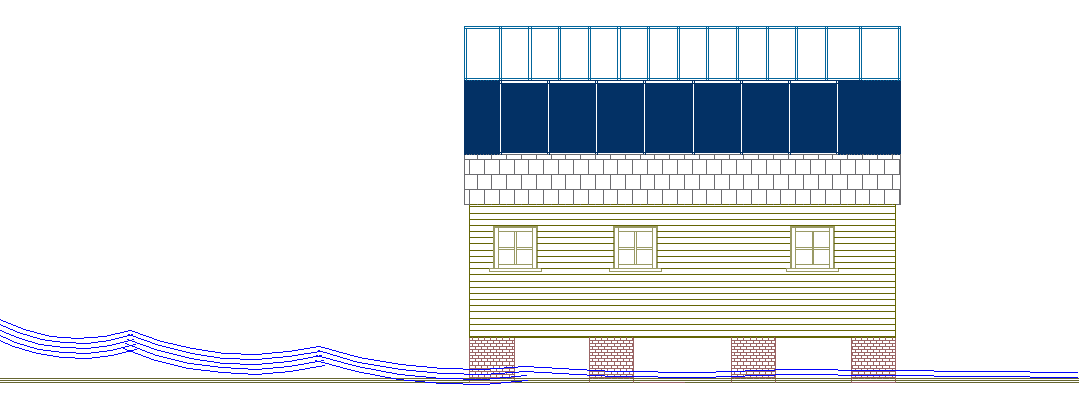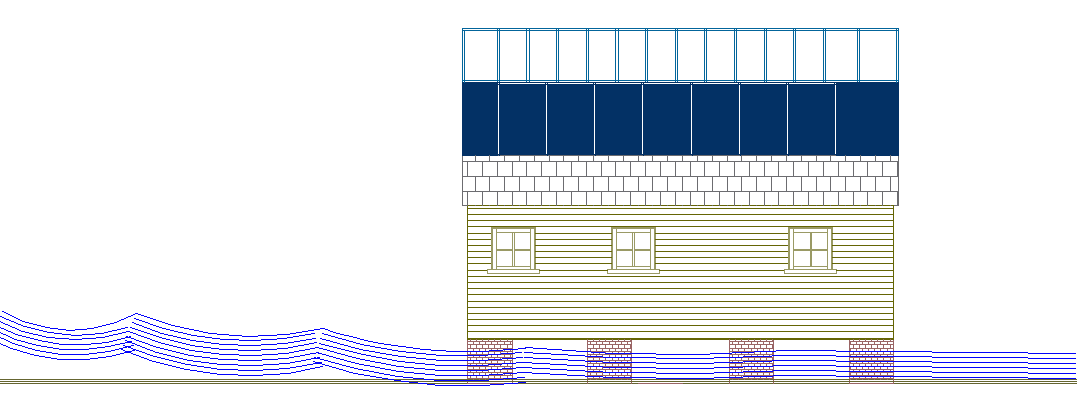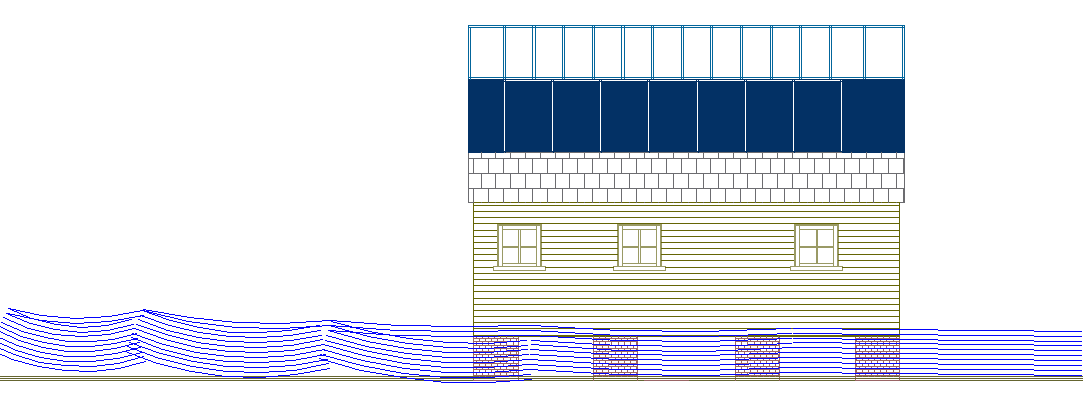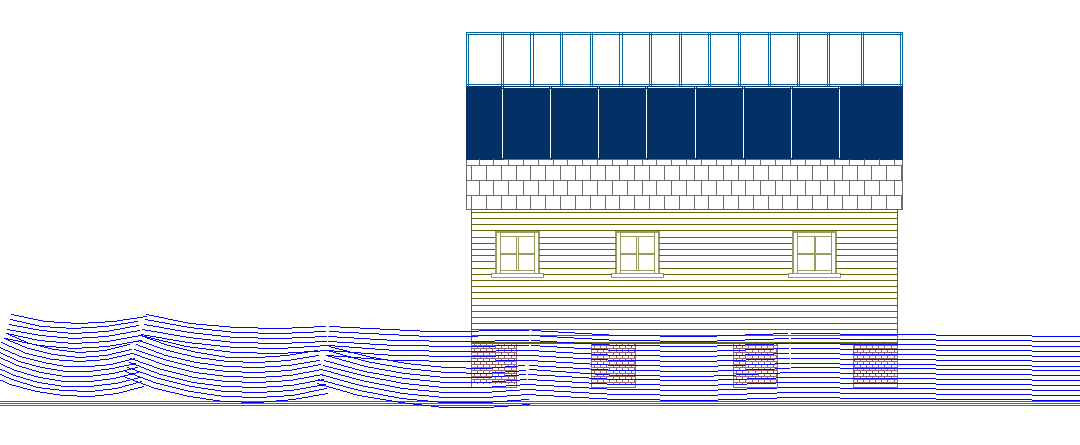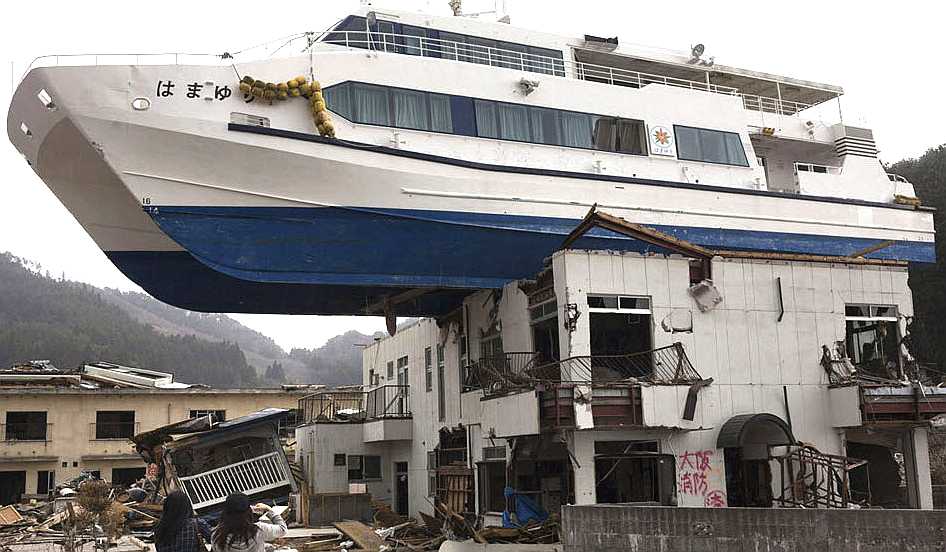|
FLOOD, EARTHQUAKE & TSUNAMI RESISTANT HOUSING
|
|
|
THIS ARTICLE IS UNDER COMPOSITION
The Utopia Tristar system, puts the ballast water storage at the base of a house, so increasing stability in the event of a flood. See flood sequences at the foot of this page.
CHERRY FLOOD RESISTANT CONCEPT - FLATPACK MOBILE HOMES:
The Utopia Tristar formula includes treated timbers as standard, and that means immersion in water will not fundamentally undermine structural integrity should one of our homes with the Flood/Tsunami resistant option, encounter adverse weather conditions.
The method of construction allows for sealed buoyancy compartments, which when coupled with our heat storage system using water ballast will keep a unit afloat with a high degree of stability. These homes may be ordered as mobile units, so are free to move or be moved - in this case by high volume flood waters. The survivability of such freak weather conditions is high, thus the concept has enhanced sustainability in geographically prone flood areas. After a flood, or a catastrophe such a a tsunami, the home may need to be re-sited, but it would survive intact - you would not lose your dwelling; you'd not lose your investment.
We are due to conduct tank and other tests in the coming year, the results of which will be reported on this site.
The system could free up thousands of acres of low level land in India, the UK and USA, where at the moment it would be folly to allow the building of conventional houses. See the flood sequence at the foot of this page.
Another flood resistant concept -not ideal for tsumanis
CONVENTIONAL FLOOD RESISTANCE THINKING:
KEY
CONCEPTS
This house of stilts stands a good chance of surviving floods & tsunamis
What measures are available to help families build up their own levels of flood resilience?
position when there's a threat of flooding
Measures to make your house more flood resilient, on the other hand, aim to minimise the damage caused by flood water. These include:
Families who live in flood risk areas should also consider preparing a flood kit. This should include the following items:
Forget conventional houses: Left is a floating dock dwelling concept, right a floating house sheme
HOW
DO HUMAN ADAPT TO RISK? Hurricanes: can kill when strong winds destroy buildings and blow down trees and structures. They develop offshore in warm ocean regions. Areas affected by hurricanes are highly populated due to their location and climate, creating a hazard risk. Areas affected include the Caribbean and Florida Droughts: can kill when water supplies are low, when crops fail, when fires start and when temperatures become too high for sick and elderly people. Many parts of the world experience droughts regularly or occasionally. A lot of these places, for example the Mediterranean and California are densely populated, creating a hazard risk Earthquakes: can kill when buildings and other structures collapse. They mostly take place close to plate boundaries. Many coasts are plate boundaries and people are attracted to coasts to live, creating a hazard risk. Cities like Tokyo, Istanbul and Los Angeles are affected
7. Consider pipes in and out of the building as potential paths for water.
HURRICANE FACTS
The United States has a significant hurricane problem. More than 60% of
the Nation’s population live in coastal states from Maine to Texas, Hawaii, and Puerto Rico.
Tropical Storm Alberto (1994) drifted over the Southeast United States and produced torrential rainfall. More than 21 inches of rain fell at Americus, Georgia. Thirty-three people drowned. Damages exceeded $750 million.
FLOOD SEQUENCE
Moderate flood - no dynamic effect on house, where special design has the building raised
Deep flood - still no dynamic reaction to the house
Serious flooding - begins to affect house dynamically causing lift
High floodwater - the house lifts off the ground and floats until the floodwater subsides. A special tethering systems absorbs shock and returns the building to its original location. The building is waterproof, so will be undamaged after the flood, with all contents kept dry and safe. If you are planning living in an area subject to seasonal storms, why even consider any other type of home.
CONCRETE - Is a great way to protect a coast from erosion, but at considerable cost.
BRIGHTON MARINA - Is surrounded by a concrete wall, cleverly designed to stop large waves entering the inner harbour.
The first line of defence against rogue waves is your coastline. Here earth moving machinery is making artificial barriers to slow down wave movement.
LINKS
http://www.disastercenter.com/guide/tsunami.html http://www.independent.co.uk/flooding-and-landslides-after-himalayan-tsunami-hits-india http://edition.cnn.com/2013/06/20/world/asia/india-floods http://rt.com/news/toll-dead-region-floods-633/ http://www.huffingtonpost.ca/2012/11/04/tsunami-flooding-storm-surge-vancouver-richmond-earthquake http://www.dailymail.co.uk/news/article-2174353/Japan-floods-2012 http://www.nws.noaa.gov/oh/hurricane/inland_flooding.html
We're not sure if this is a boat-house, or a house-boat. Either way the picture illustrates the dangers of flooding caused by tsunami like conditions. These super strength concrete buildings in Japan, that were built to withstand earthquakes, have remained standing. Equally, the catamaran as a floating structure has survived intact. If the boat had been a tethered tsunami resistant building, it would not have been carried along and deposited on top of these houses. The tethering system would have absorbed the impact of the tidal wave, and slowly draw the house back to its original location as the flood waters abated, so that with some minor adjustment, it could have been re-positioned in exactly the position it started.
|
|
|
This website is Copyright © 2016. All rights reserved. All other trademarks are hereby acknowledged. Contact Us www.cherrymortgages.com |
